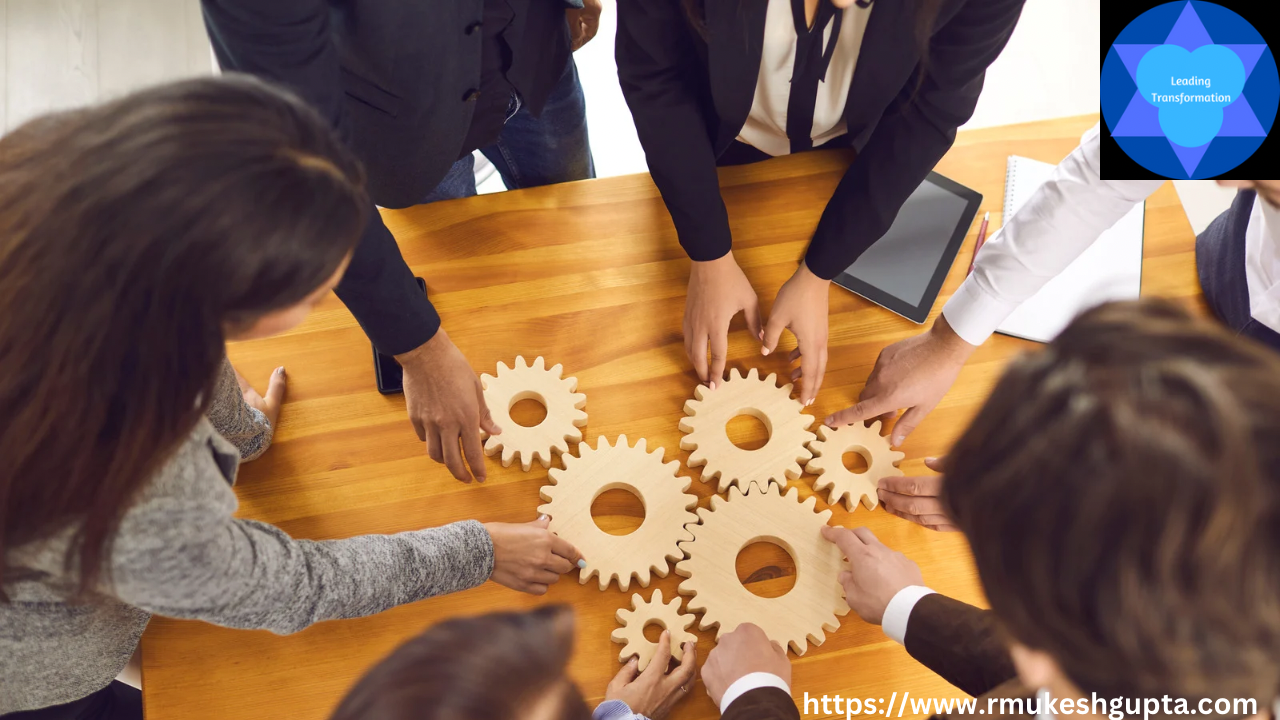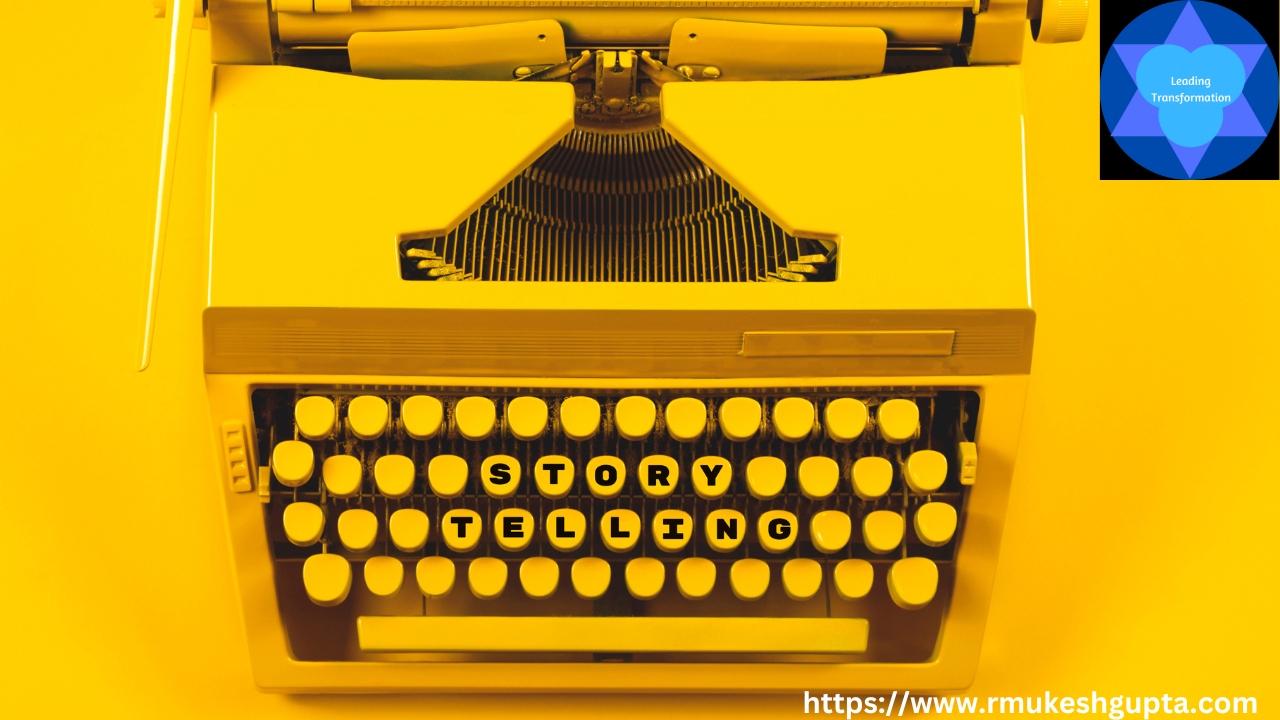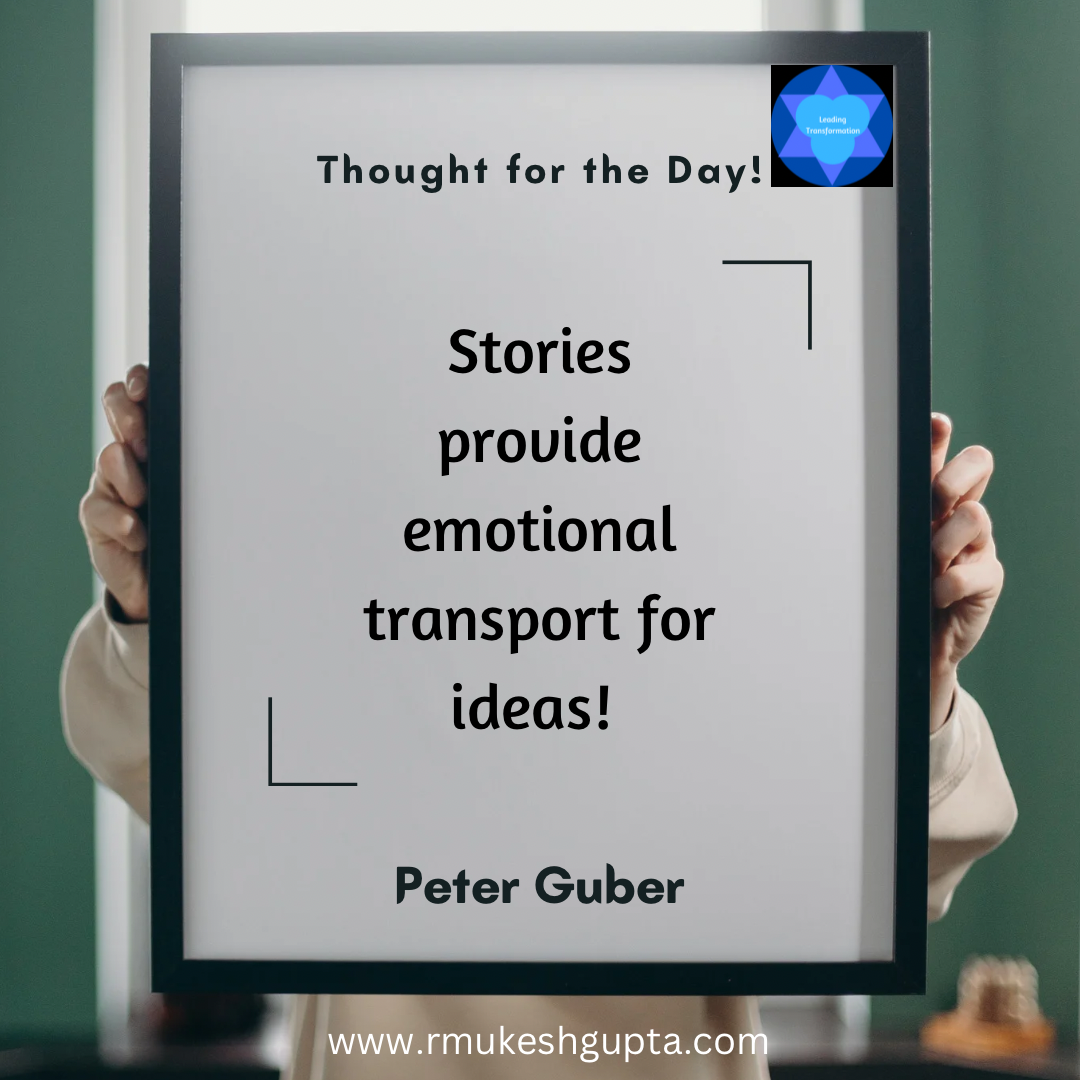Premise:
I strongly believe that irrespective of where we are in our lives, there is always a better place to be. We can always be a better person than we are today, we can have a better impact on our world than we are having right now. There is always a better future to look forward to. There is always a better goal to aspire for. If we agree about this, what is the force that can propel us to become the better person that we can become, create the bigger and more meaningful impact that we can create or even create the better future that we can envisage? Once we truly believe this to be true, we need to figure out what is it that we need to learn in order to create the better future or the better version of ourselves.
Reality Check:
The process of creating a better version of ourselves or a better future always starts with a reality check. We can do a reality check by asking ourselves questions like:
•What is working well? Why?
•What could be better? Why?
•What needs to stay as it is? Why?
Vision:
Once we have identified, what needs to change, we need to think about what does it need to change to? This is where our imagination and vision comes into play. Since we are imagining the future and building a vision, we can as well imagine something truly remarkable. Something that can take our breath away. Something that we truly believe will bring in the better future that we aspire for. In this process, it is okay to dream big, for that matter, it is better to dream big and imagine a future that is worth working towards. This future vision needs to be compelling enough for us to continue to put in hard work, even in the face of hardships and challenges, which will definitely come along.
Skill gaps:
Once we have a compelling vision of the future that we want to create, we need to look at ourselves and our teams (yes, I believe that there is nothing worthwhile that can be achieved without working with other like-minded people as teams). We need to self-reflect and find out what are the skills that we might need to build in order to work towards the future that we want to create. Some of these skills could be meta-skills that everyone of us in the team needs to work on (learning to learn, team work, collaboration, conflict management, communication, emotional intelligence, etc) and some of these skills could be specific skills that specific people in our team need to learn (coding, marketing, finance, selling, operational excellence, PR, etc). Not all of us need to learn these skills but someone on the team needs to have these skills.
Learning:
Once we have identified the skill gaps that we need to cover, we then need to go about acquiring these skills. In today’s world, we are both fortunate and unfortunate to be living in a world with information abundance. There are a lot of channels through which we can learn, without having to spend too much time or money. Sue Beckingham has put together a great list of resources where we can learn a new language or a new skill or take an online course. You can checkout all the resources she has put together here. The sheer volume of the sources is both an opportunity and a challenge. There is so much available that there is a possibility that we can get overwhelmed and not start learning anything at all.
Here I would like to suggest three strategies that we can use to learn better and continue our march towards the better future that we envisage.
Habitual Learning:
We all know that we are creatures of habit. Anything that we are able to commit to habit, we can be sure to do. There has been a lot of focus on habits, how can we create, replace or stop habitual behaviours. The key points that I have learnt from all this research can be summarised as below:
•It is easier to instill a new habit when you combine it with an existing habit.
•It is easier to replace a bad habit with a new habit (hopefully less bad) than completely stopping that habit.
•Every habit needs a cue to be triggered.
•Most habits are triggered in a specific place or a specific time (usually both).
Based on this knowledge, we can surmise that it is infinitely better for us to create a habit of learning than to depend on our willpower to do so.
We can find more information about how to create the habits here, here, here and here.
Deep learning:
Once we create a habit of learning, we need to learn the skill to do deep learning. There are multiple ways to learn deeply and thoroughly. However, one of the best learning techniques that I have seen is the Feynmann Technique. Richard Feynman posited that if you can’t explain a concept to a child clearly and simply, you haven’t learnt and understood the concept well enough. Here is a blog post (https://www.farnamstreetblog.com/2012/04/learn-anything-faster-with-the-feynman-technique) by Shane Parish who runs the immensely popular Farnam Street blog (https://www.farnamstreetblog.com) which explains this technique really well.
It is critical that when we learn something, we are able to learn it well and enough to be able to teach someone else the topic and answer any and all of their questions. If we are unable to answer the questions posed, it is a good sign that there is still a lot to learn about the topic.
Communal learning:
There is only so much time that we have in our days and there is so much more to do. There is a lot more to be done if we are going after creating a better future. This means that the total amount of time that we have that we can use for learning is a small fraction. The question that we need to answer in this case is the following:
“How do we use this small amount of time to maximum impact?”
One technique that I have used in my career really well is what I would call communal learning, i.e., we learn not as individuals but as a community. What this means is that each one of us or we divide ourselves into pairs and each pair goes off to learn something new and once they have been able to learn the topic deeply, they then teach the topic to the rest of the team members who need that skill. They in turn will teach what they have learnt to the others. This way everyone is teaching something (having become experts) and at the same time also learning something (keeping them humble and hungry for more). This also helps create a good side-effect. By this process, we are able to build teams that have “T” shaped people. People, who are great at something and good at a lot of other things. We used a half the time we had for our weekly team meeting, for a pair (or an individual) to teach the rest of us what they learnt. This not only helps everyone to learn but also bonds the team really well.
Execute:
Once you have a vision, a strategy to execute the vision, learn well to ensure that we have the skills necessary to achieve the vision, the only thing left to do then is to execute on our strategy. This is the step where most of us stumble.
This is also where an analogy can help us a lot. All of us know how to drive our cars and reach our offices and homes. These are the behaviours that we already know. Now, imagine, if we have to do a cross-country drive (from Bangalore to Jammu or from New York to Los Angeles). You need to be able to drive but, in order for you to do well and not stress out, we also need to learn a few more things. We need to know how to read maps, basic understanding of the car to be able to do some basic repair if needed, knowledge of the service centers of the cars, some plan of how much we will drive in a given day, which cities will be rest at, what routes to avoid and the general direction that we need to go in. Knowing all of this will not take us to Jammu or Los Angeles. We need to sit in the car, start it and move. Once we start our journey, there will be times when our plans would come to life really well and days when it will not. We don’t just give up mid-way. We course correct based on our current situation and continue our journey, until we reach Jammu or LA.
In Conclusion:
The same it is here. We need to take action and commit to the future. We will run into obstacles. As someone said, these obstacles are put in place to make us stronger and test our commitment to our journey. People who are committed to the journey and push through these walls or obstacles will find that not only do they reach their destination, they have become stronger in the process as well. So much so that they can now go on a much more tougher journey.
The point is that as long as we are alive, these journey’s will never end or rather it’s better that they never end. We constantly strive for a better future. Every time we build that future, we start again.
The important point is that we enjoy this journey. If we don’t enjoy the entire process of learning, doing and repeating, we will never be able to act on it.
So, the question is:
“What is the future that you are working to create?”




